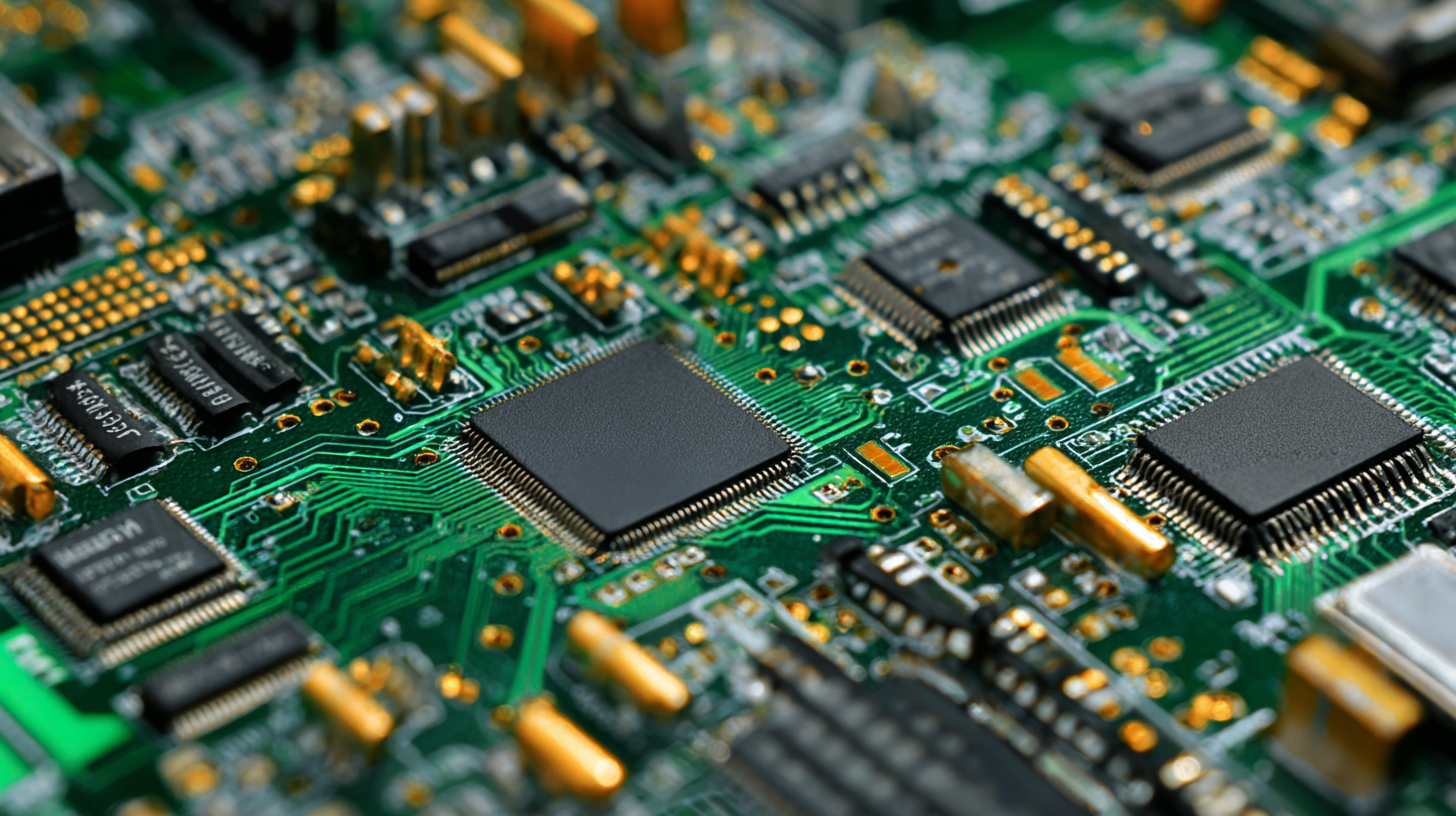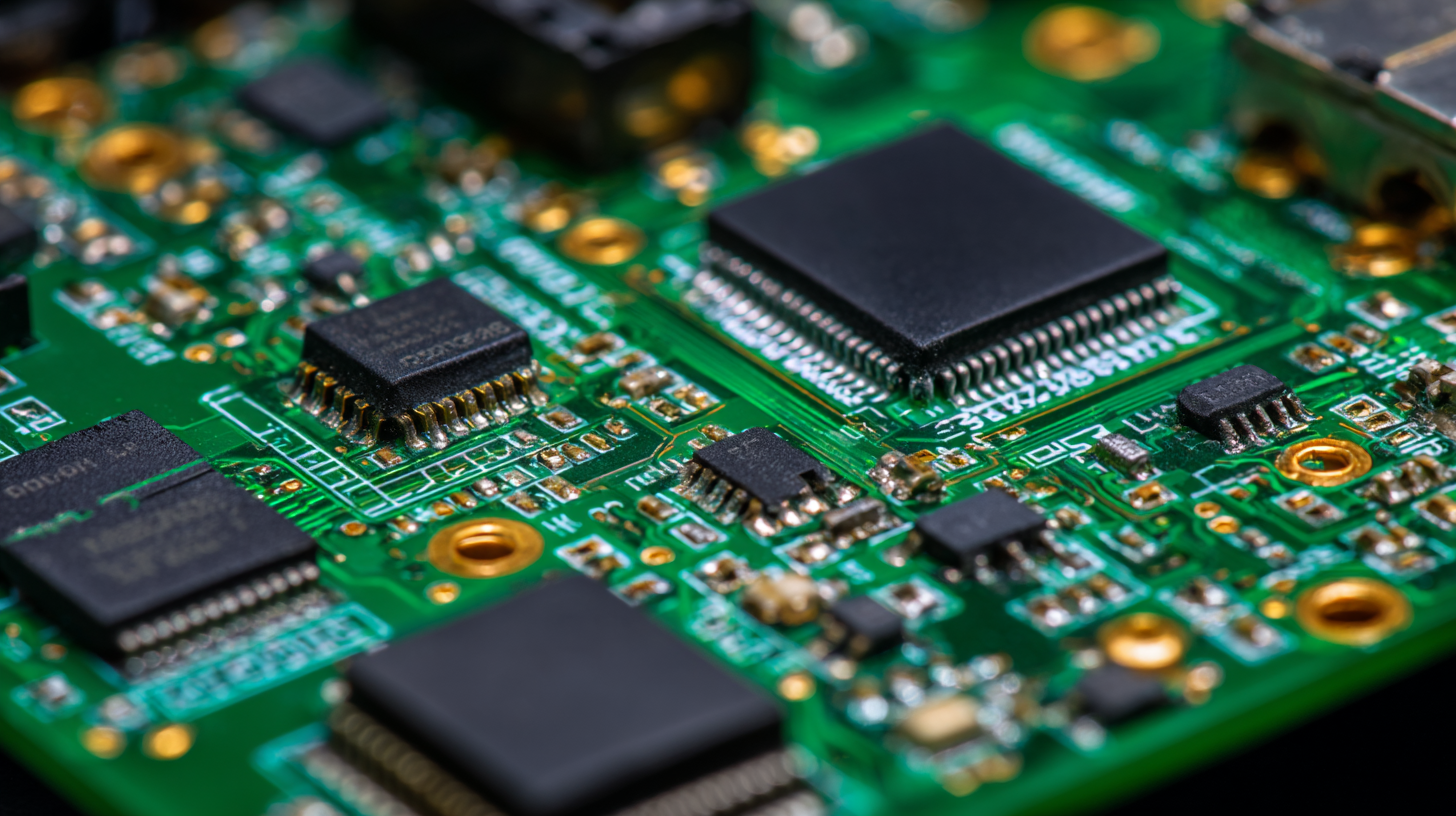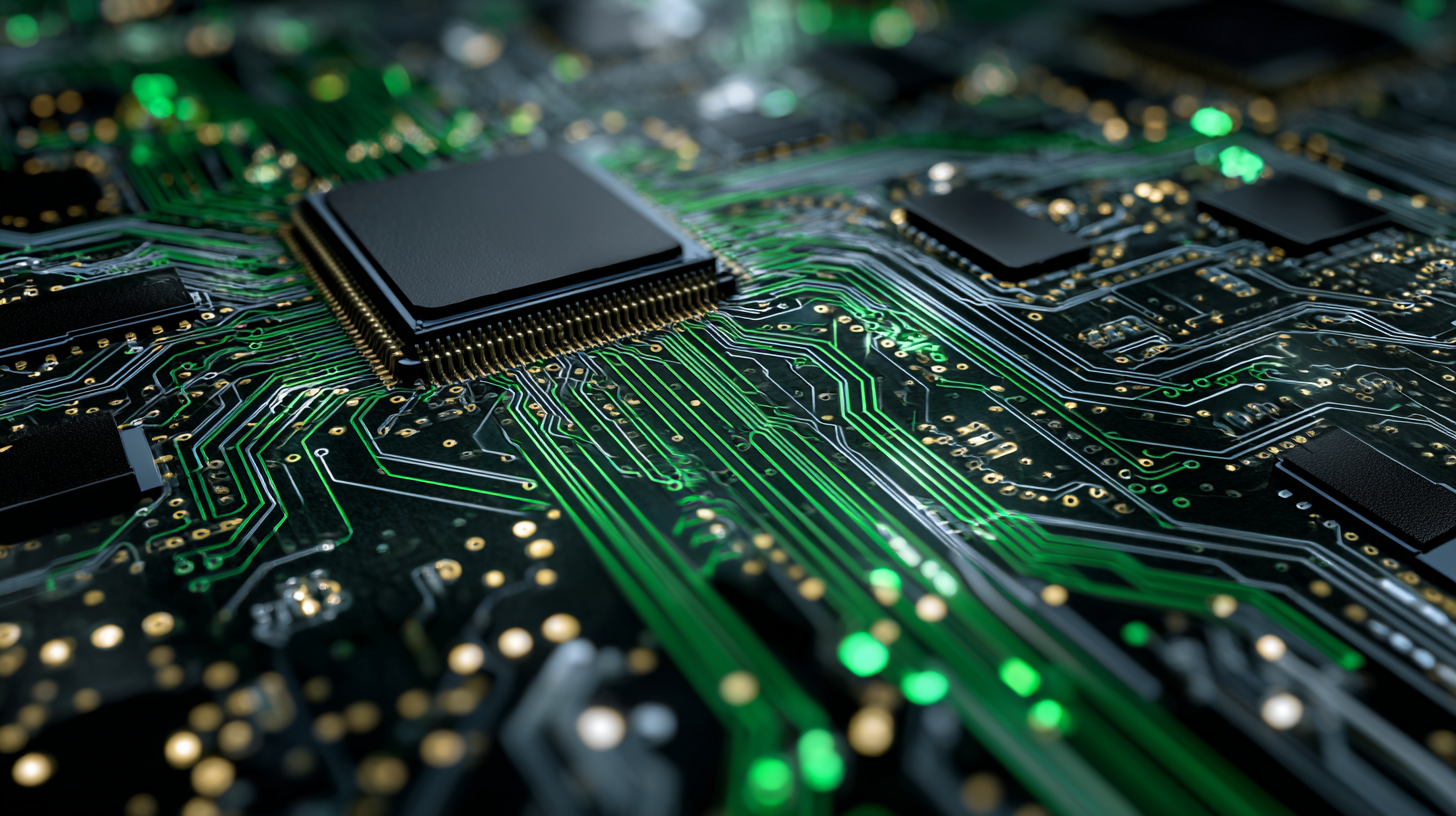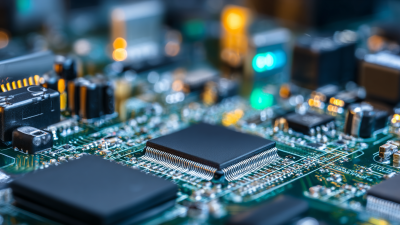In recent years, the demand for advanced electronic devices has surged, leading to significant innovations in circuit board technology. Multi circuit boards have emerged as a critical solution for manufacturers aiming to meet the complexities of modern electronics. According to a 2022 report by the Electronic Industries Alliance, the global market for multi circuit boards is expected to reach $30 billion by 2025, driven by the proliferation of consumer electronics, automotive applications, and smart devices. These boards offer several benefits, including enhanced electrical performance, reduced size, and improved signal integrity, making them an essential component in optimizing device functionality. As industries increasingly lean towards miniaturization and higher efficiency, understanding the benefits of multi circuit boards becomes pivotal for developers and engineers seeking to stay at the forefront of technological advancements.

Multi Circuit Boards (MCBs) have revolutionized the design and functionality of modern electronic devices. One of the primary benefits of MCBs is their space-saving capabilities. By integrating multiple circuits into a single board, MCBs allow for a more compact design, which is crucial for the shrinking sizes of gadgets like smartphones, wearables, and IoT devices. This not only enhances portability but also provides manufacturers with the ability to create more intricate designs without the need for extensive wiring, reducing assembly time and potential points of failure.
Another significant advantage of MCBs is their improved reliability. With fewer connections and solder joints, the likelihood of defects or failures due to loose wiring is minimized. MCBs also support better thermal management, as they can dissipate heat more effectively across multiple circuits, which is essential for high-performance devices operating under heavy loads. Furthermore, they facilitate easier troubleshooting and maintenance, as the compact structure allows technicians to quickly access and diagnose issues, thereby reducing downtime for critical electronic applications. Overall, the deployment of Multi Circuit Boards brings enhanced performance, durability, and efficiency to modern electronics.
| Benefit | Description | Application |
|---|---|---|
| Space Efficiency | Multi circuit boards allow for better utilization of space by integrating multiple circuits into a single board. | Smartphones and tablets |
| Cost Reduction | Combining circuits into one board can lower manufacturing costs by reducing material usage and assembly time. | Consumer electronics |
| Improved Reliability | Fewer connections and components lead to a lower likelihood of failures, enhancing the reliability of the device. | Medical devices |
| Enhanced Performance | Optimized line lengths and reduced interference contribute to better performance of electronic devices. | High-speed computing |
| Thermal Management | Multi circuit boards can be designed to facilitate better heat dissipation, improving device longevity. | Automotive electronics |
Multi circuit boards (MCBs) are becoming integral to the advancement of modern electronic devices, primarily due to their ability to enhance performance through various key features. As electronics demand continues to trend towards miniaturization without compromising functionality, MCBs play a crucial role in enabling manufacturers to create smaller, yet more powerful devices. This is particularly evident in the increasing trend towards compact designs, which is reshaping the printed circuit board (PCB) landscape.
A significant factor contributing to the rapid growth of the multi circuit board market is the anticipated expansion of the ABF substrate market, projected to grow from $998.7 million in 2022 to an astonishing $4.3995 billion by 2030, with a robust compound annual growth rate (CAGR) of 20.10% from 2023 to 2030. This growth is driven by the heightened demand for high-performance materials and integration capabilities in various applications, notably in telecommunications, computing, and automotive sectors. MCBs, with their superior thermal management and layered architecture, are essential in addressing these industry challenges, thus paving the way for next-generation electronic devices that meet stringent performance criteria.

The advent of multi circuit boards (MCBs) has revolutionized the design and functionality of modern electronic devices, particularly in terms of cost efficiency and space savings. By integrating multiple circuits onto a single board, manufacturers can drastically reduce the amount of raw materials and components needed for production. This consolidation not only lowers manufacturing costs but also diminishes assembly time and labor expenses, which are crucial factors in today’s competitive market.

Additionally, MCBs provide significant space savings, an essential aspect in an era where miniaturization is paramount. Traditional circuit boards often require more space as each component is mounted separately, leading to bulkier designs. In contrast, multi circuit designs allow for a more compact arrangement of components, enabling the creation of slimmer devices without compromising functionality. This space efficiency opens up new possibilities for innovative design solutions, enhancing portability and user experience in a variety of electronic applications. As a result, adopting multi circuit boards can greatly enhance the overall performance and appeal of modern electronic products.
Modern electronic devices are increasingly relying on
multi circuit boards (MCBs) due to their
enhanced reliability and durability. Reports from the Electronic Industries Alliance indicate that MCBs
can reduce the failure rate of electronic components by up to 30%.
This reliability is crucial in applications where this equipment endures extreme conditions, such as in
automotive or aerospace industries. The integration of multiple circuits into a single board not only
streamlines the manufacturing process but also minimizes
potential points of failure, thereby increasing the overall longevity of the devices.
When considering the durability of multi circuit boards, it’s essential to take into account the
materials used in their construction. High-grade materials
like FR-4 or polyimide offer
superior thermal stability and resistance to environmental stressors. According to IPC, a leading authority
in the electronics manufacturing industry, devices built with MCBs can withstand more mechanical stress,
effectively extending their service life.
Tips: When selecting multi circuit boards, ensure
that you verify the thermal and mechanical specifications against your application needs. Regular quality
assessments during the design and manufacturing phases will also aid in maximizing the reliability
of your final product. Don’t overlook the importance of proper encapsulation techniques to shield circuits
from potential hazards.
Advancements in multi circuit board (MCB) technology are poised to revolutionize modern electronic devices. As the demand for compact and efficient systems grows, innovations such as high-density interconnect (HDI) and embedded passive components are gaining traction. According to a report by Research and Markets, the global MCB market is expected to reach $40 billion by 2025, driven by the increasing need for miniaturization and enhanced performance in consumer electronics, automotive, and telecommunications sectors.
Emerging technologies, such as Internet of Things (IoT) applications, require multi function devices that can perform a variety of tasks without sacrificing space or power. The integration of advanced materials, like polymer substrates and improved thermal management techniques, allows for better heat dissipation and reliability, addressing one of the main concerns in high-performance applications. Furthermore, the incorporation of AI in the design and manufacturing process enhances precision and reduces production costs, making MCBs more accessible for future electronic innovations. With these enhancements, we can expect MCBs to pave the way for the next generation of smart devices, driving growth across various industries.






| Cookie | Duration | Description |
|---|---|---|
| cookielawinfo-checkbox-analytics | 11 months | This cookie is set by GDPR Cookie Consent plugin. The cookie is used to store the user consent for the cookies in the category "Analytics". |
| cookielawinfo-checkbox-functional | 11 months | The cookie is set by GDPR cookie consent to record the user consent for the cookies in the category "Functional". |
| cookielawinfo-checkbox-necessary | 11 months | This cookie is set by GDPR Cookie Consent plugin. The cookies is used to store the user consent for the cookies in the category "Necessary". |
| cookielawinfo-checkbox-others | 11 months | This cookie is set by GDPR Cookie Consent plugin. The cookie is used to store the user consent for the cookies in the category "Other. |
| cookielawinfo-checkbox-performance | 11 months | This cookie is set by GDPR Cookie Consent plugin. The cookie is used to store the user consent for the cookies in the category "Performance". |
| viewed_cookie_policy | 11 months | The cookie is set by the GDPR Cookie Consent plugin and is used to store whether or not user has consented to the use of cookies. It does not store any personal data. |